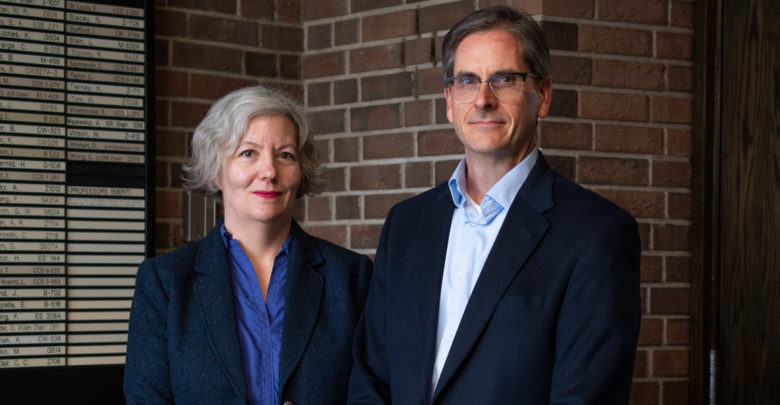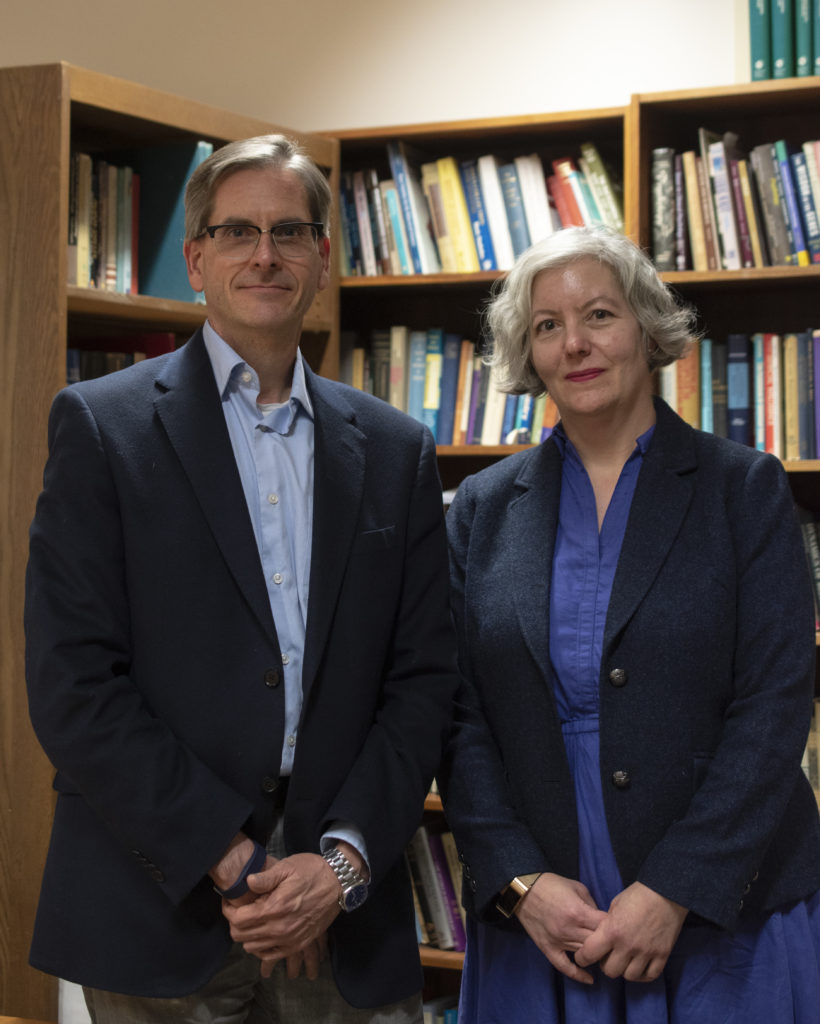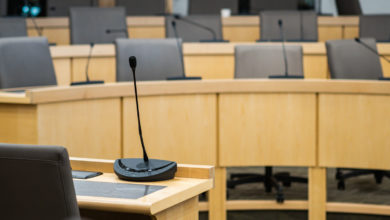 Helen Zhang
Helen ZhangPeople say the strangest things.
At first, it all seems normal: the word “snowball” is “a ball made of snow,” but then we say things like “carpet,” which is not a pet you keep in your car, or a toy car for your pet.
University of Alberta psychology professors Christina Gagne and Thomas Spalding have been working to understand how our brains handle compound words since 2006.
The Gateway spoke with them about their latest study in which they discovered that we process pseudo-compounds — words that look like they’re made up of shorter existing words — like “carpet,” the same way we process actual compounds like “snowball;” by parsing them into their smaller units.
The Gateway: Could you please describe the study in your own words?
Spalding: You present people with a word and you ask them, ‘Is this spelled correctly or not?’ and they say ‘correct’ or ‘not correct’ as quickly as they can. One of the things we know from other research is that if you have a spelling error where you just take two letters from a word and switch their positions, people are still very good at identifying what word that actually is. To decide whether something is spelled correctly or not, you have to actually access the word, so the idea is, you can compare words like ‘carpet’ with monomorphemic controls — words like ‘giraffe’ that don’t look like they have pieces to them. It turns out that when you have these ‘carpet’ type words [being misspelled], they’re a little harder to deal with than ‘giraffe’ type words.
How did you get started on this line of questioning in your research?

Gagne: Way back in grad school, I was interested in something called conceptual combination, where people are able to take two or more concepts and combine them together to form a new concept.
S: In graduate school, my main area of work was how people learn individual concepts, so if you focus on learning individual concepts, then an obvious next step is, ‘What about two concepts?’ So it was a very natural step.
Is this just a linguistic phenomenon or do we automatically parse things in other processes, for example visually?
S: Yes, you automatically parse scenes into the things that are in the scenes. When you look at individual objects, you automatically detect edges. So those are sort of analogous ideas.
G: And you’re not just parsing, you’re trying to put them back together. Like say, it makes sense for cups to be on the table, but if somehow this cup was hanging upside down on the ceiling, you’re not just noticing the objects, you’re noticing, ‘Wait, that relationship is weird.’
Why do you think we parse words if it doesn’t make sense to do so all the time, like in the case of ‘carpet?‘
S: If you couldn’t compound, you’d always have to learn completely new words all the time. That’s actually quite hard once you’re an adult. Compounding allows you to apply all this information that you already know to new things. And because it’s such a good thing, it makes sense for it to be an automatic process. Once [it’s] an automatic process it doesn’t make sense for your system to try to figure out some other way of dealing with things like pseudo-compounds because they’re not that common in the real world, and if you’re delayed by five or 10 milliseconds on a pseudo-compound words, the consequences aren’t very big compared to the benefit of being able to use compounding.
G: The pieces of a compound word are also smaller and almost always more frequent [in language] than the compound word, which allows you to get to the [compound] word more quickly. It’s like when you’re trying to remember someone’s phone number, you break it down into little parts. It simplifies processing and allows people to be more productive. You don’t have to start from scratch. And it allows you to be creative, for example, in understanding jokes. There are lots of puns made on different combinations of words. It adds to the language, allowing it to be very flexible.
What does this mean for how we try to teach and learn languages?
G: To facilitate learning, make [people] aware of different parts of those words. Say you’re learning biological terms, like ‘meta-‘ in ‘meta-cognition,’ ‘meta-knowledge.’ If you make people aware of those parts and what they mean, they can be more productive and apply it to new things.
S: There’s evidence that this training on parts is actually helpful to people with aphasia, the inability to recognize words. Because if parts tend to be smaller [and] higher [in] frequency, they’re more likely to be preserved. They’re more likely to be able to get parts than large words. You can help them understand how to use those parts to figure out the bigger piece.
In a damaged brain, how exactly can comprehension of compound words be affected?
G: One of our former colleagues [posed] the word “blueprint” — as in architectural drawings — but the patient said, “a print that’s blue,” which fits with what we’re claiming: when [we] encounter “blueprint,” we also think unconsciously “print that’s blue” but we also have access to the actual full meaning. But when there’s damage, problems may be with composition, coming up with base meanings, or the base meanings block their ability to get to the correct meaning.
What future studies do you hope to conduct together?
G: We’d like to look at the influence of conceptual information in how people process pseudo-compound words. Like ‘hatred’ is ‘hat’ and ‘red’ or ‘galleon’ is ‘gall’ and ‘eon.’ We want to know how people converge on a relation between the words. How much processing is going on with pseudo-compounds after its been broken into pieces?
S: Pseudo-compound words really need a database because they’re really hard to notice in the language. Who knew hatred was ‘hat’ and ‘red?’ It would be helpful for researchers to draw on.




